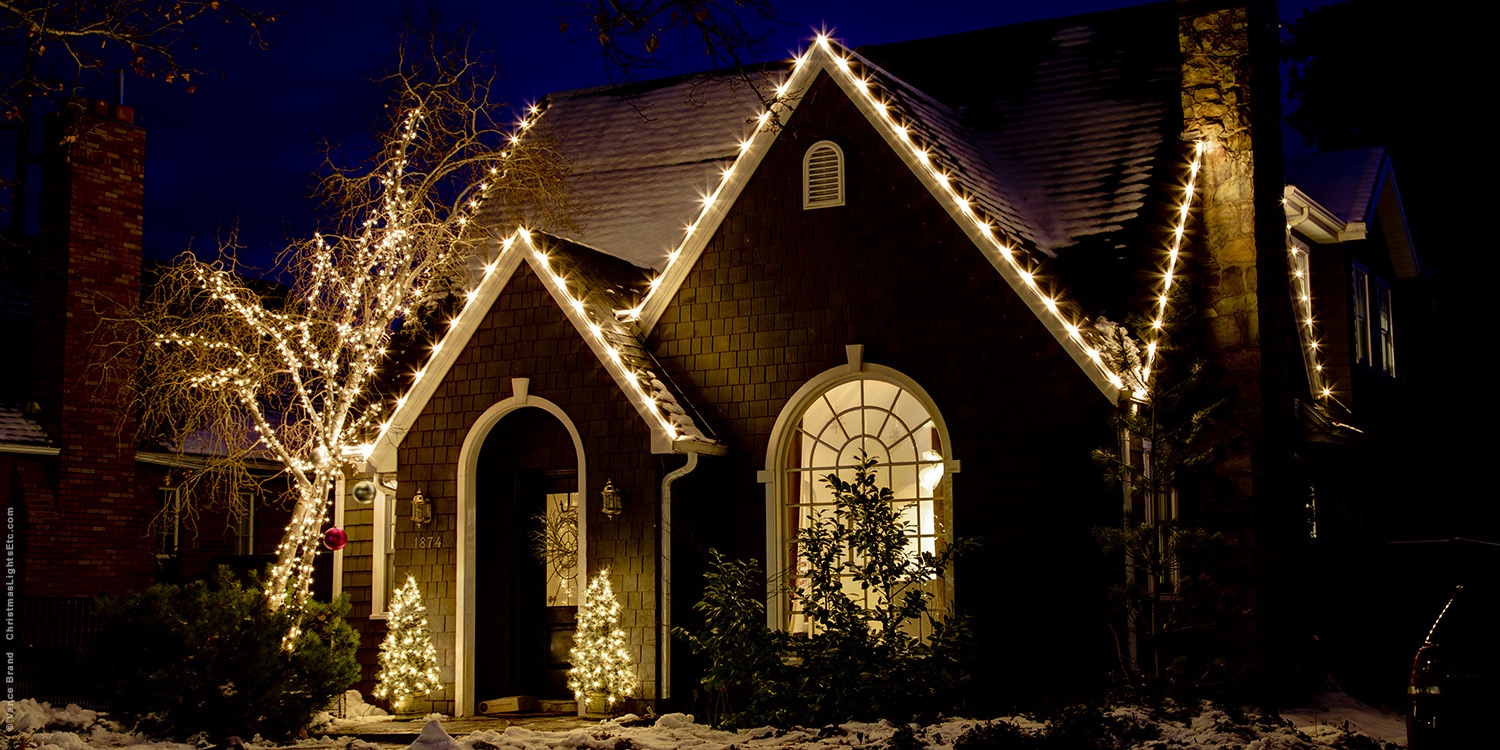
Hey there, property managers, landlords, and real estate enthusiasts! Today, we’re diving deep into the world of apartment complex inspections. Whether you’re a seasoned pro or new to the game, understanding the common issues that crop up during these inspections is crucial for maintaining your property’s value and keeping your tenants happy. So, grab a cup of coffee, and let’s explore the fascinating (and sometimes frustrating) world of Multi-Family Inspections.
Why Apartment Complex Inspections Matter
Before we jump into the nitty-gritty, let’s talk about why these inspections are so important. Multi-Family Inspections are like giving your property a thorough health check-up. They help you:
- Identify potential problems before they become major (and expensive) issues
- Ensure the safety and comfort of your tenants
- Maintain the value of your property
- Comply with local regulations and building codes
- Plan for future maintenance and upgrades
Now that we understand the importance, let’s dive into the common issues that often pop up during these inspections.
Structural Issues: The Backbone of Your Property
Foundation Problems
The foundation is literally what your entire building stands on, so issues here can be serious. Common foundation problems include:
- Cracks in the walls or floors
- Doors or windows that don’t close properly
- Uneven floors
- Water seepage in the basement or crawl spaces
These issues can be caused by soil settlement, poor drainage, or even tree roots. Catching them early can save you from major headaches down the line.
Roof Damage
Your roof is your building’s first line of defense against the elements. During Multi-Family Inspections, inspectors often find:
- Missing or damaged shingles
- Sagging areas
- Signs of water damage in the attic
- Clogged gutters and downspouts
Remember, a small leak can lead to big problems if left unchecked. Regular roof maintenance is key to avoiding costly repairs.
Plumbing Issues: The Lifeblood of Your Building
Leaky Pipes
Leaky pipes are like vampires, silently draining your resources. Common signs include:
- Water stains on walls or ceilings
- Musty odors
- Unexplained increases in water bills
- Mold growth
These leaks can lead to water damage, mold growth, and structural issues if not addressed promptly.
Outdated Plumbing Systems
In older buildings, outdated plumbing systems are a common find during Multi-Family Inspections. Issues may include:
- Galvanized pipes that are prone to corrosion
- Low water pressure
- Frequent clogs or backups
- Inadequate hot water supply
Upgrading your plumbing system can improve tenant satisfaction and prevent costly emergency repairs.
Electrical Problems: Powering Up Safety Concerns
Outdated Wiring
Electrical issues are not just inconvenient; they can be downright dangerous. Inspectors often find:
- Knob-and-tube wiring in older buildings
- Overloaded circuits
- Improper grounding
- Aluminum wiring (which can be a fire hazard)
Upgrading your electrical system might seem expensive, but it’s an investment in safety and efficiency.
Inadequate Electrical Capacity
As our reliance on electronic devices grows, so does the demand for electrical power. Common issues include:
- Too few outlets in units
- Frequent tripped breakers
- Lack of GFCI protection in wet areas
- Inadequate lighting in common areas
Ensuring your building can meet modern electrical demands can be a major selling point for potential tenants.
HVAC Issues: Keeping Comfort in Check
Inefficient Heating and Cooling Systems
HVAC problems are among the most common tenant complaints. During inspections, you might find:
- Outdated, inefficient systems
- Poor temperature control
- Uneven heating or cooling
- Excessive noise from HVAC units
Regular maintenance and timely upgrades can keep your tenants comfortable and your energy bills in check.
Poor Ventilation
Proper ventilation is crucial for maintaining air quality and preventing moisture issues. Common problems include:
- Inadequate bathroom exhaust fans
- Poor kitchen ventilation
- Stuffy common areas
- Mold growth in poorly ventilated spaces
Improving ventilation can enhance indoor air quality and reduce the risk of mold-related issues.
Fire Safety Concerns: When Heat Becomes a Hazard
Inadequate Fire Protection Systems
Fire safety should be a top priority in any Multi-Family Inspections. Inspectors often find:
- Missing or outdated smoke detectors
- Lack of carbon monoxide detectors
- Inadequate fire extinguishers
- Obstructed fire exits
Ensuring your fire safety systems are up to code isn’t just about compliance; it’s about protecting lives.
Faulty Sprinkler Systems
In buildings with sprinkler systems, common issues include:
- Corroded or damaged sprinkler heads
- Improperly maintained systems
- Obstructions that prevent proper coverage
- Lack of regular inspections and testing
Regular maintenance and testing of sprinkler systems are crucial for ensuring they’ll work when needed most.
Pest Infestations: Unwanted Tenants
Rodent Problems
Nobody wants to share their living space with furry invaders. Signs of rodent infestations include:
- Droppings in hidden areas
- Gnaw marks on wood or wires
- Strange noises in walls or ceilings
- Nesting materials in secluded spots
Addressing rodent issues promptly is crucial for maintaining a healthy living environment.
Insect Infestations
From ants to bed bugs, insect infestations can be a nightmare for property managers. Common issues include:
- Bed bug infestations in units
- Cockroach problems in kitchens and bathrooms
- Ant trails in common areas
- Termite damage in wooden structures
Regular pest control measures and prompt response to tenant complaints are key to keeping these issues under control.
Environmental Hazards: The Hidden Dangers
Asbestos
In older buildings, asbestos can be a serious concern. It might be found in:
- Old floor tiles
- Insulation around pipes and in walls
- Popcorn ceilings
- Old siding materials
Proper identification and management of asbestos-containing materials are crucial for tenant safety.
Lead-Based Paint
Another hazard in older buildings, lead-based paint can be found:
- On interior walls and trim
- On exterior surfaces
- In window frames and sills
- On doors and door frames
Proper disclosure and management of lead-based paint are required by law in many areas.
Accessibility Issues: Ensuring Equal Access
ADA Compliance
Ensuring your property is accessible to all is not just good practice; it’s often required by law. Common issues include:
- Lack of wheelchair ramps
- Inaccessible common areas
- Doorways that are too narrow
- Bathrooms that aren’t ADA compliant
Addressing these issues can make your property more inclusive and appealing to a wider range of tenants.
Parking and Common Area Access
Accessibility extends beyond the building itself. Inspectors might note:
- Insufficient handicap parking spaces
- Poor lighting in parking areas
- Uneven walkways
- Lack of handrails on stairs
Improving accessibility in these areas can enhance safety and convenience for all tenants.
Energy Efficiency: Saving Green by Going Green
Poor Insulation
Inadequate insulation can lead to high energy bills and uncomfortable living conditions. Common issues include:
- Insufficient attic insulation
- Gaps around windows and doors
- Uninsulated water heaters
- Lack of weatherstripping
Improving insulation can lead to significant energy savings and increased tenant comfort.
Inefficient Appliances and Fixtures
Outdated appliances and fixtures can be energy hogs. Inspectors might find:
- Old, inefficient refrigerators and stoves
- Water-wasting toilets and showerheads
- Incandescent lighting in common areas
- Single-pane windows
Upgrading to energy-efficient models can reduce utility costs and appeal to environmentally conscious tenants.
Aesthetic Issues: First Impressions Matter
Exterior Maintenance
The outside of your building is the first thing potential tenants see. Common issues include:
- Peeling paint or worn siding
- Overgrown landscaping
- Cracked or uneven sidewalks
- Poorly maintained parking areas
Regular exterior maintenance can significantly boost your property’s curb appeal.
Interior Wear and Tear
Inside the units and common areas, inspectors often note:
- Worn or stained carpeting
- Scuffed and marked walls
- Outdated fixtures and finishes
- Signs of water damage or mold
Addressing these issues can help maintain property value and reduce tenant turnover.
Documentation and Record-Keeping: The Paper Trail
Incomplete Maintenance Records
Proper documentation is crucial for effective property management. Issues might include:
- Lack of records for routine maintenance
- Missing inspection reports
- Incomplete tenant complaint logs
- Outdated equipment manuals
Good record-keeping can help you stay on top of maintenance needs and demonstrate due diligence.
Outdated Emergency Plans
In case of emergencies, clear plans are essential. Inspectors might find:
- Missing or outdated evacuation plans
- Lack of emergency contact information
- Unclear procedures for handling various emergencies
- Outdated tenant information
Regularly updating and communicating these plans can enhance safety and preparedness.
Wrapping Up: The Path to Problem-Free Properties
Whew! We’ve covered a lot of ground, haven’t we? From foundation to roof, plumbing to pest control, Multi-Family Inspections can uncover a wide range of issues. But remember, finding these problems is the first step in solving them.
Regular inspections, prompt maintenance, and a proactive approach to property management can help you stay ahead of these common issues. By addressing problems early and maintaining open communication with your tenants, you can create a safer, more comfortable living environment and protect your investment for years to come.
So, the next time you’re gearing up for an inspection, keep this list handy. It might just help you spot potential problems before they become major headaches. Here’s to happy, healthy, and hassle-free apartment complexes!
Remember, Multi-Family Inspections are more than just a regulatory requirement – they’re an opportunity to improve your property, enhance tenant satisfaction, and ensure the long-term success of your investment. Happy inspecting!
Also, read this: When to Test Your Well Water in Virginia: A Seasonal Guide








